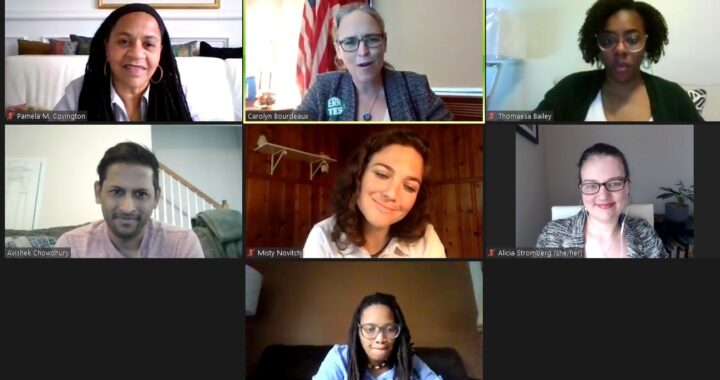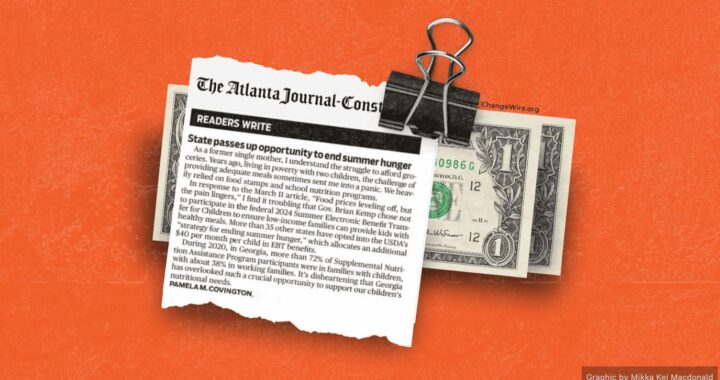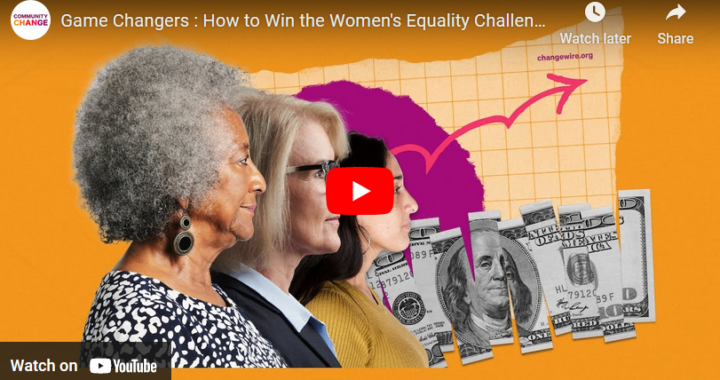Why I Revealed My Poverty Secret
It Was Behind Me
I’d moved on with my life, no longer thinking about the ugly, deep poverty portion of my past. In the mid-’80s, an unavoidable plummet from my cushy middle-class lifestyle landed me in a grubby, crime-ridden, drug-infested neighborhood. There, I found myself and my two children in a situation where everyday necessities like a stove, refrigerator, toilet paper, and diapers had become luxuries. It was a grueling poverty experience that went on for three years.
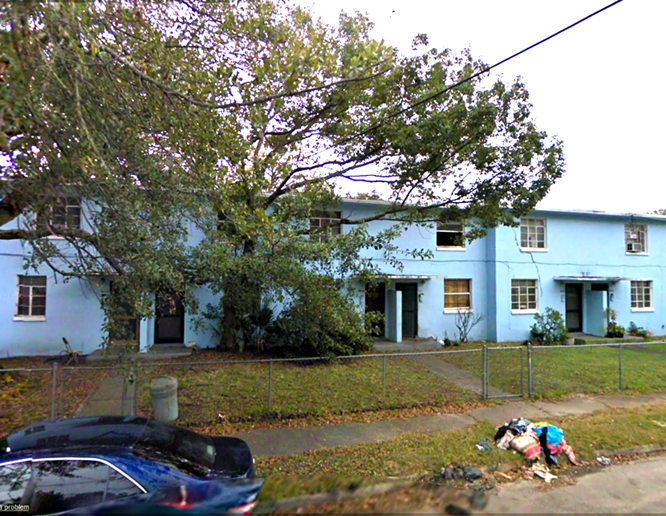
In Destitution? A Surprise to Many
During the more prosperous decades that followed, my history of impoverishment faded into a secret on its own. Recent acquaintances had no idea of my poverty struggles. They didn’t know I had once been briefly homeless or so poor that I washed my kids in a McDonalds’ restroom. No one knew that, back then, the only way I could only afford sanitary supplies by systematically amassing change from multiple food stamp purchases. By 2010, all that anyone saw of me from day to day was someone who appeared to have it all together.
I wasn’t intentionally concealing those facts about my past. It was just that nothing had warranted me bringing them up. That is, until I realized the value of sharing my story. Friends suggested that people could learn from my poverty experience and be inspired by how I managed to escape it.
I, myself, had reached a rather sad conclusion: not much about the welfare system had improved in over 25 years. In the fall of 2011, I decided to devote my time to writing about the lessons I’d learned back in the day, while barely eking out a living. I would uncover my personal poverty story, write it, and put it out there.
How Much Is Too Much To Share?
It took five years to write my gritty memoir, A Day at the Fare: One Woman’s Welfare Passage. There were so many truths to tell. I insisted the book be thought-provoking, authentic, and polished—something its readers could truly feel. To ensure this, I reconstructed my story’s timeline using copies of actual welfare records.
One of the toughest decisions I wrangled with as I shared my poverty experience in writing, was how much of my personal affairs I should reveal. I would be making myself more vulnerable than ever before.
“You have to tell enough to leave a mark, Pamela, or there’s no sense in you writing it,” I reminded myself. “Remember the purpose of writing your book.”
The Reasons

I wrote A Day at the Fare to provide an accurate portrayal of what life is like living in poverty. Many people, including policymakers, have misconceptions about our country’s anti-poverty programs and the people who genuinely need them.
I’m qualified to speak on this. Before my welfare experiences, I lived quite quite comfortably, and like many, subscribed to negative stereotypes about the program’s recipients—even though, at the time, I didn’t personally know a single soul who received assistance. My only knowledge of public aid came from what I’d heard or read in the media.
Today, I still hear those stigmatizing labels applied: lazy, irresponsible freeloaders waiting around for fat welfare checks. And, I can’t leave out the infamous “welfare queens.”
I also share my welfare story, one of success, to highlight the importance of maintaining a robust social safety net to help struggling individuals and families. My personal account sheds light on the aspects of the welfare system that work and others that fall short in advancing people towards independence, whenever possible.
Finally, I wrote A Day at the Fare with hope of encouraging others dealing with adversity to not adopt a sense of futility, but instead to press on with resourcefulness and determination.
Tons of Work, But…
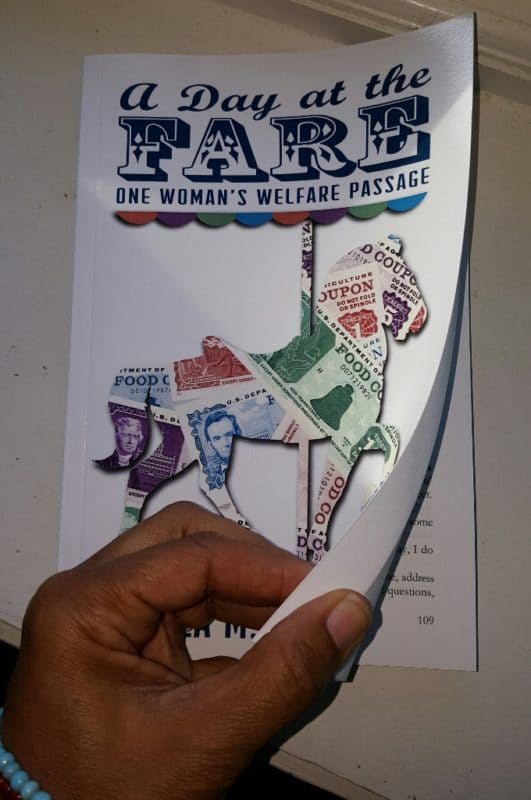
If A Day at the Fare fulfills any or all of my intended purposes, it’s worth having divulged the secret past life of a Pamela in poverty. If I had to choose again what details to include within my memoir, I’d write about all the same things in exactly the same way.
I’d tell the stark truth. Every word of it.
As I continue to do today in speeches, presentations, workshops, dramatic readings, panel discussions, and storytelling performances.
Read an excerpt from the book here.

